20 Types Of Tide: Explained By A Real Ship’s Officer
When it comes to boating, a thorough understanding of the tides will form a critical aspect of your passage planning.
I have compiled this list of 20 different types of tides so that you can get a quick understanding of them all.
High Tide
High tide is the term used when the tide reaches its peak height on any given tidal cycle.
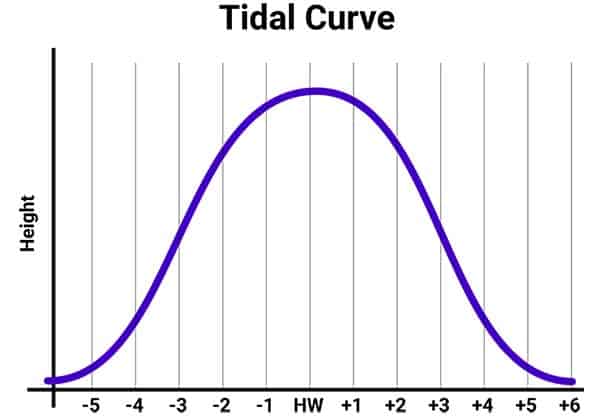
On a normal beach, you know it is high tide when the water reaches its highest point up the beach.
Across multiple tidal cycles, you will notice that the high tide heights are not the same for every tide of the cycle.
Over the course of approximately one week, high tide will go between the minimum height in an area to the maximum expected height as it cycles between neap and spring tides.
Strictly speaking, high tide describes a single point in time when the tide reaches its maximum. In reality, however, we often say there is a high tide window because the rate of change of height is much lower around the time of high tide.
Read more: How Long Does High (& Low) Tide Last?
Low Tide
Low tide is the term used when the tide reaches its lowest height on any given tidal cycle.

On a regular beach, low tide occurs when the water reaches its lowest point, exposing the inter-tidal area.
Interestingly, you will notice a strange smell at the beach during low tide because of the decaying organisms within the intertidal area. You can read more here: Why Does Low Tide Smell?
Across multiple tidal cycles, you will notice that low tide heights are not consistent across the entire cycle.
Over the course of approximately one week, low tide will go between its lowest height for the area to the maximum height for the area as it cycles between spring tides and neap tides.
Strictly speaking, low tide describes a single point in time when the tide reaches its lowest height. In reality, however, we often say there is a low tide window because the rate of change of height is much lower around the time of low tide.
Read more: How Long Does High (& Low) Tide Last?
Flood Tide
The flood tide is the name given to a rising tide.
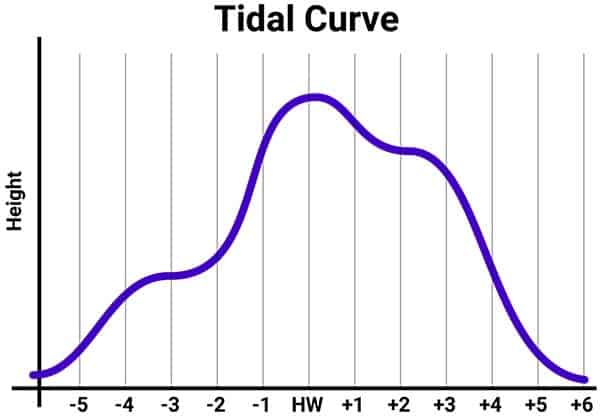
During a flood tide, the water is flooding the land, rising up higher the whole time.
Ebb Tide
The ebb tide is the name given to a falling tide.

The ebb tide is the time between one high water, and the subsequent low water, when the tide is falling away.
Spring Tide
A spring tide describes the period of time in the lunar cycle when the tidal range is the greatest.
High tides reach their highest levels, and low tides reach their lowest levels.
Spring tides are caused when the moon and the sun’s gravity work together, applying the greatest tidal forces to the world’s oceans.
Read more: What Is The Difference Between Spring & Neap tide?
Neap Tide
A neap tide describes the period of time in the lunar cycle when the tidal range is the smallest.
High tides reach their lowest levels, and low tides reach their highest levels.
Neap tides are caused when the moon and the sun’s gravity oppose each other, applying the most average tidal forces to the world’s oceans.
Read more: What Is The Difference Between Spring & Neap tide?
King Tide
A king tide, also known as a Perigean Spring Tide, is the highest spring tide that occurs when the moon is at its perigean.
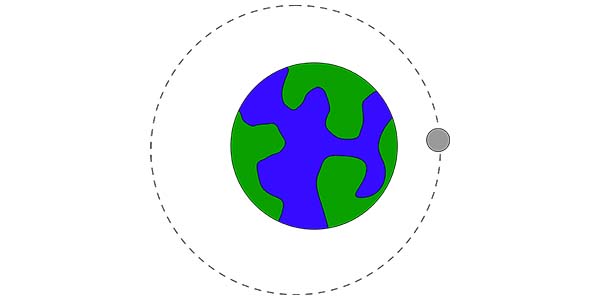
As the moon orbits the earth, its physical distance from the earth varies because its orbit is not perfectly circular.
As a result, at one point during its monthly orbit, it passes its closest point, its perigean.
When the moon’s perigean coincides with its position during a spring tide, the effects of its gravity are strongest.
This results in king, or perigean tides, which are the highest spring tides that occur.
Slack Tide
Slack tide describes the time during a tidal cycle when the water’s movement is the least, usually occurring at high and low water.

Between low water and high water in a given body of water, the tide moves the body of water, creating currents.
The movement is quite low around the time of low water, then it accelerates to reach its maximum rate approximately halfway through the cycle.
As it approaches high water, the rate reduces, until it becomes slack again at the time of high water.
Read more: When Is Slack Tide?
Diurnal Tide
A diurnal tide describes a tidal cycle that has one high tide and one low tide per day, with approximately 12 hours between high tide and low tide.
Semi-diurnal Tide
A semi-diurnal tide describes a tidal cycle that has two approximately equal high tides and two approximately equal low tides each day.
Semi-diurnal tidal cycles are the same as diurnal cycles, except they occur twice as frequently, giving approximately 6 hours between high water and the subsequent low water.
Mixed Tide
A mixed tide describes a semi-diurnal tidal cycle where the two daily high waters are different heights.
Meteorological Tide
A meteorological tide describes a tide caused by meteorological forces rather than the traditional tidal forces caused by the moon and the sun’s gravity.
For example, when changes in atmospheric pressure cause the water level to rise and fall like a tide, we call it a meteorological tide.
Rip Tide
A rip tide is the name given to a fast current that is caused by constricting the water flow caused by natural tidal movement, typically around a headland or at the entrance to a harbour.
Rip tides are different phenomena to rip currents.
Read more: Rip Tides Vs Rip Currents: All You Need To Know
Rip Current
A rip current is the name given to the current caused by water flowing away from a non-uniform beach.

Waves, or wind, naturally power waves up a beach, but it needs to then flow back into the sea.
When the beach is uniform, it flows back evenly. If, however, there is a slightly deeper channel, or a sandbar causing a restriction, the water will instead take a path-of-least-resistance, flowing straight back out at a much greater speed as a rip current.
Read more: Rip Tides Vs Rip Currents: All You Need To Know
Brown Tide
Brown tides are the name used to describe water that has been discoloured by algae so that it appears brown.
They are not a tidal flow as such, but the name has been adopted because it looks like the brown coloured water has flowed in from somewhere else.
Red Tide
Red tides are the name used to describe water that has been discoloured by algae so that it appears red.
They are not a tidal flow as such, but the name has been adopted because it looks like the red coloured water has flowed in from somewhere else.
Black Tide
A black tide is an oil slick, rather than a tidal flow, with its name coming from the colour of the oil floating on the water’s surface.
Storm Tide
A storm tide, or storm surge, is a specific type of meteorological tide, caused by a storm.
Storms contain many meteorological conditions that affect the height of the tide, potentially increasing tides much higher than usual.
We all know that strong winds will heap water up, and push it inland, but in a storm, you get the additional effect from the extremely low pressures.
When the barometric pressure drops in one area, the higher pressures in other areas, hundreds of miles away, tend to push the water into the low-pressure area.
The end result is that in a storm, water can surge due to the effects of the wind and the pressure, potentially combining with a high tide to create a deadly storm surge.
Seiche
A seiche is not actually a tide but describes a standing wave that forms in an enclosed body of water, making it look like a tide.
On a lake, waves normally form all the way across the surface, giving it a broadly even appearance.
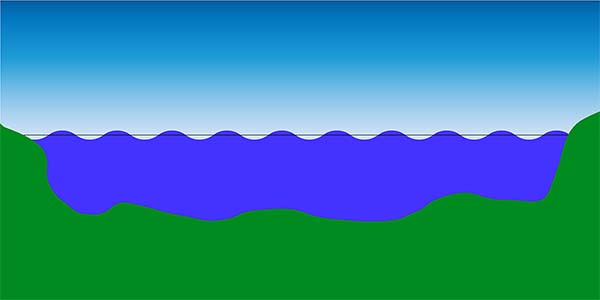
When the wavelength increases, however, you can reach the extreme position of having a peak on one side of the lake and the trough on the other side of the lake.

As the single wave travels from one side to the other, the tide rises and falls, just like it would with a tide.
When the speed of the wave gives a cycle closely resembling a tide, it is very easy to confuse the two.
Read more: Do Lakes Have Tides?
Tidal Range
Tidal range describes the difference in height between a high tide and a low tide.
For example,
High Water = 1.2m
Low Water = 0.4m
Tidal Range = 0.8m
In any given area, the tidal range will vary as the tidal cycle transitions from springs to neaps and back to springs again.
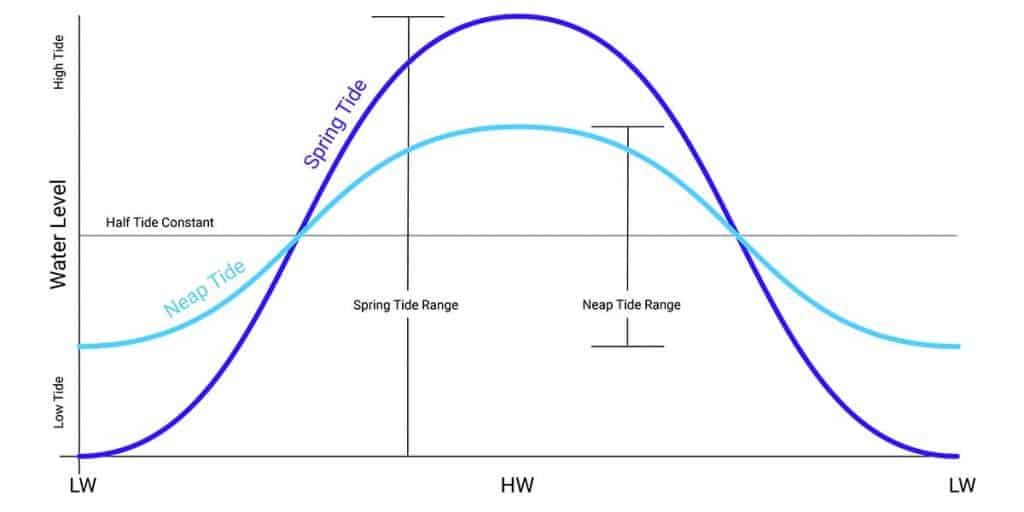
Read more: What Is The Difference Between High Tide & Low Tide?
